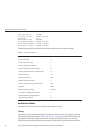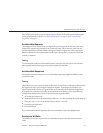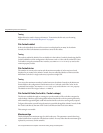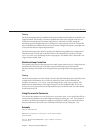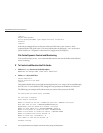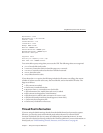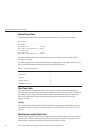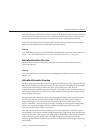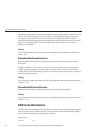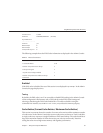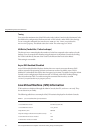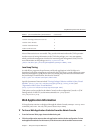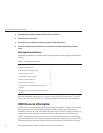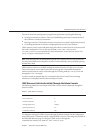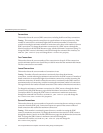
The dierence between this value and the maximum threads is the number of requests reserved
for non-native thread requests, such as static HTML and image les. Keeping a reserve and
rejecting requests ensures that your server continues to ll requests for static les, which
prevents it from becoming unresponsive during periods of very heavy dynamic content load. If
your server consistently rejects connections, this value is either set too low, or your server
hardware is overloaded.
Tuning
You can modify the NativePoolQueueSize by editing the NativePoolQueueSize directive in
magnus.conf.
NativePoolMaxThreads Directive
NativePoolMaxThreads determine the maximum number of threads in the native (kernel)
thread pool.
A higher value allows more requests to execute concurrently, but has more overhead due to
context switching, so bigger is not always better. Typically, you do not need to increase this
number, but if you are not saturating your CPU and you are seeing requests queue up, then you
should increase this number.
Tuning
You can modify the NativePoolMaxThreads by editing the NativePoolMaxThreads parameter
in magnus.conf.
NativePoolMinThreads Directive
Determines the minimum number of threads in the native (kernel) thread pool.
Tuning
You can modify the NativePoolMinThreads by editing the NativePoolMinThreads parameter
in magnus.conf.
DNS Cache Information
The DNS cache caches IP addresses and DNS names. Web Server uses DNS caching for logging
and for access control by IP address. DNS cache is enabled by default. The following example
shows DNS cache information as displayed in perfdump:
DNSCacheInfo:
------------------
enabled yes
UsingMonitoringDatatoTuneYour Server
SunJavaSystemWebServer7.0Update1 PerformanceTuning,Sizing,and ScalingGuide •68



